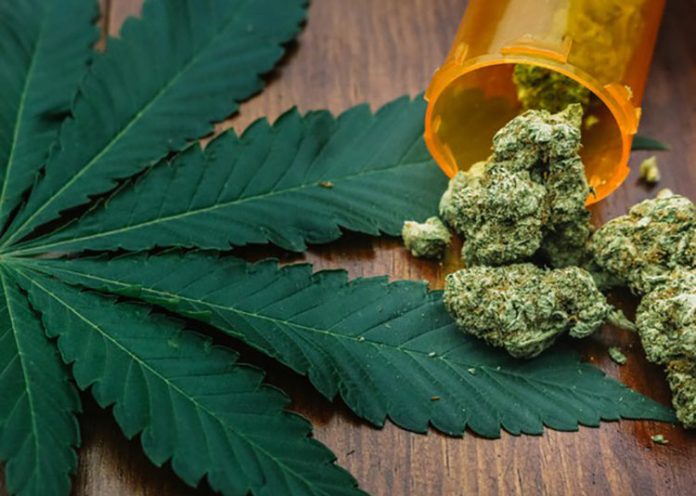In a very real sense, a business sign going up soon at a new store in town will much more clearly be a “sign of the times.”
This week, the city’s planning and zoning board approved a use by exception to allow a company called Trulieve to open a medical marijuana store on U.S. 1, within city limits.
The new St. Augustine business will be the company’s 16th location in Florida, with more planned: more on that in a moment.
If we read it correctly, most folks in town know little about the legal dispensing of marijuana products. So we thought we’d ask a few questions that may shed a little light on the issue.
The first one most folks wonder about is, will these dispensaries cater to the “stoner” label so often portrayed in fun and film. Example: Why did the Hippie plant Cheerios in his organic garden? He thought they were donut seeds.”
Right?
No. Apparently not. In order to get into a dispensary, you’ll need a card. The card comes from licensed physicians who undergo training in order to write prescriptions for medical pot. In other words, there are no random shoppers. No one gets past the lobby without the card.
Will the dispensary be a hotbed of illegal activity and crime?
The city has a good job of limiting that scenario. The PZB had certain conditions attached to the business license. One is that Trulieve appear before the board for review if three or more police complaints are written on its property within a calendar year.
The store is allowed to be open seven days a week, but can’t dispense its products between 9 p.m. and 7 a.m. A security guard must be onsite during all business hours and security cameras must monitor the business.
Only one, discrete business sign is allowed.
The company estimates that between 30 and 50 customers will use the dispensary a day. Trulieve says its 15 stores serve about 1,000 customers a day. But this is a baby business in Florida, ready to mature. One study shows by 2020, Florida will have 400,000 patients cleared for the purchase of medical marijuana.
Currently state law limits the number of outlets a single company can have and how many of those companies there can be. The outlet limit is 25. But, companies with the license to distribute, including Trulieve, have filed suit against the state to increase that limit or dispose of it altogether. The state added the limit after the dispensary licenses were allowed, and the companies say their business models were based on more than 25 outlets.
Cannabis can be broken down into 61 parts called cannabinoids. But for our purposes today there are two main parts. CBD doesn’t produce the “high,” but has many medical uses. THC does produce what dispensaries term the “euphoria,” but these effects are also prescribed medically. The high-THC stuff is proven to help patients, especially those in pain. So the business will dispense either, or both, depending upon the prescription.
Basically, as we understand it, prescriptions are written using various levels of either or both types. And the dosage, like pharmaceuticals, is tweaked over time to bring about the desired results/relief.
For now, people will believe what they want to believe about the new availability of medical marijuana.
What can’t be denied, though, is growing and dispensing medical marijuana in Florida was a mandate of the people. In 2016, a constitutional amendment steamrolled to fruition with approval of 73.3 percent of voters. In St. Johns County, it passed by 72.7 percent.
Are there unknown dangers or consequences of medical pot? We’re not aware of any study that has shown that either outweighs benefits to people fighting pain or disease.
And, from where we sit, can any side effect be worse than common pharmaceuticals on the market?
The best-selling drug in the world is Humira. You’ve seen the commercials that end this way: “Humira can lower a person’s ability to fight infections, including tuberculosis. Serious, sometimes fatal events — including infections, lymphoma and other types of cancer — have happened…” Other potential side effects listed on medical sites include: fever, sore throat, chills, vomiting, flu and diarrhea, upper respiratory infection, lack of breath and chest pain, ankles or foot inflammation, seizure, acute lower back pain, abdominal pain, confusion, weakness in your fingers or toes, urinary tract infections, numbness of joints, headache, balance and problems of sight, wheezing, coughing blood or mucus, tingly feeling, speaking and swallowing complications, “runaway” bladder, redness in the leg, flu syndrome and nausea.
Pot would have to work pretty hard to beat that, don’t you think?














